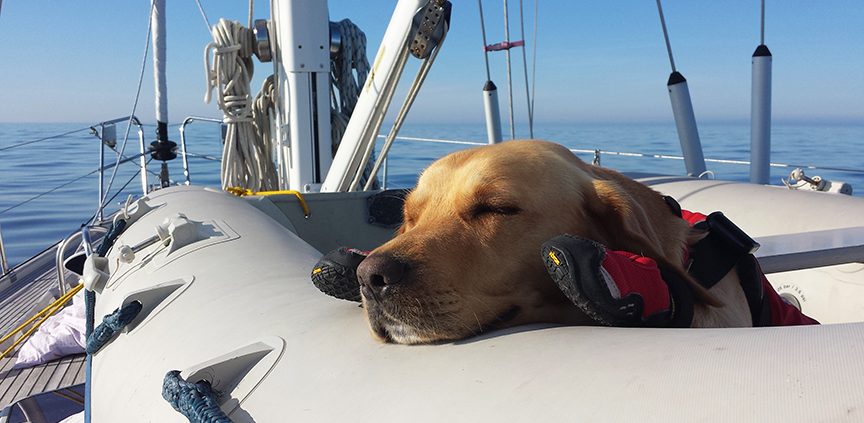Sea salt, sand dunes, secret Britain and a dog named Bugsy
Wednesday 23rd July
Puffins, Portholes, Salt Spray and Sea Dogs
The story so far… My name is Bugsy Bennett. I am a friendly 5 year old Springador (Springer x Labrador) on a sailing adventure round the British Isles in a boat called SaltPot, with my owners, Mark and Karen. It’s day 15 of my sailing adventure. We’ve just travelled from Wonderful Whitby via Hartlepool, Blythe, and Newton Bay to the Fabulous Farne islands, off the coast of Northumberland, England. I have been all of 15 days at sea and my small sea legs are itching for a run on dry land.
Strange sights and sounds
After a windless sun-kissed sail to Newton Bay, this hot dog is craving for a cool dip in the North Sea! At 7am we set off to the Inner Farnes, a string of black dots on the horizon. We moor up in the Kettle to take stock of this weird and wonderful place
The noise is deafening! There are thousands of birds screaming and screeching, dipping and diving, swooping and circling down to the water and all around my furry head, as far as the eye can see. My nose, ears and eyes are on red alert and I am quivering with excitement.
A downy white seagull swoops past carrying a fish. I see strange fairy-tale clown-like birds with orange beaks and cute chocolate button eyes. I notice birds resembling Penguins in white shirts and black tuxedos. A pang of homesickness pricks my heart. This place is cat-heaven and I miss my old cat-friend Muckles back home. I wish I could soar high into the sky with the Turns, shags, razor bills and puffins. Then I would dive-bomb the murky ocean depths to catch a juicy fish for her tea!

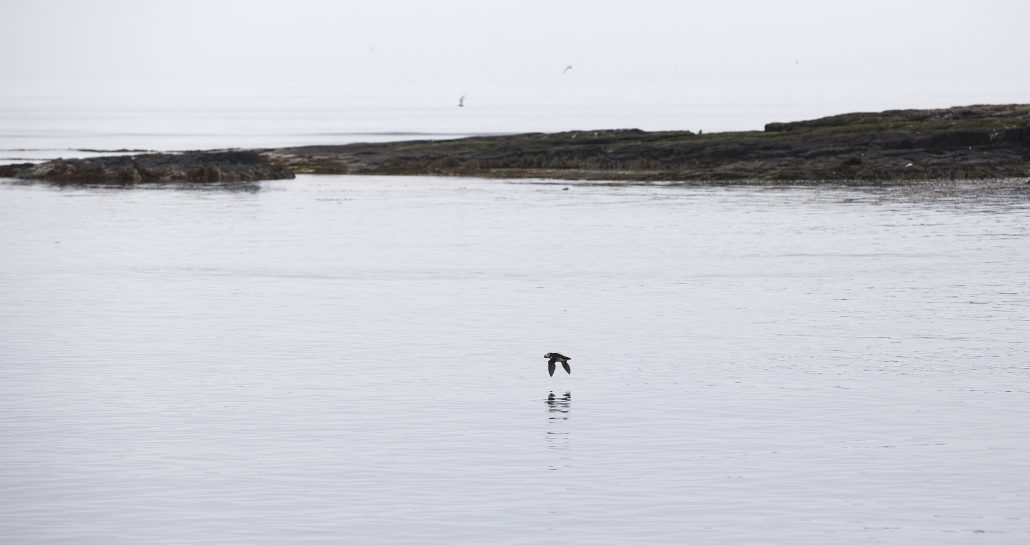
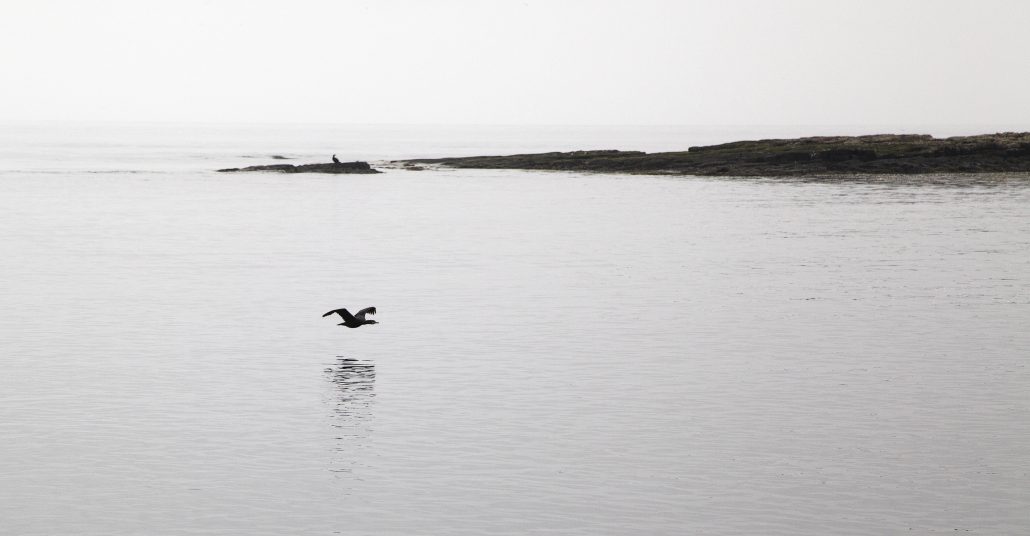
There are all kinds of strange aliens in the water. I see a shiny coloured ball (is this my next new toy?) and a family of seals, odd creatures with long whiskers and shiny grey wetsuits. They poke their inquisitive heads out of the water to wonder at our presumptuous boat trespassing on the waters of their volcanic island hideaway.
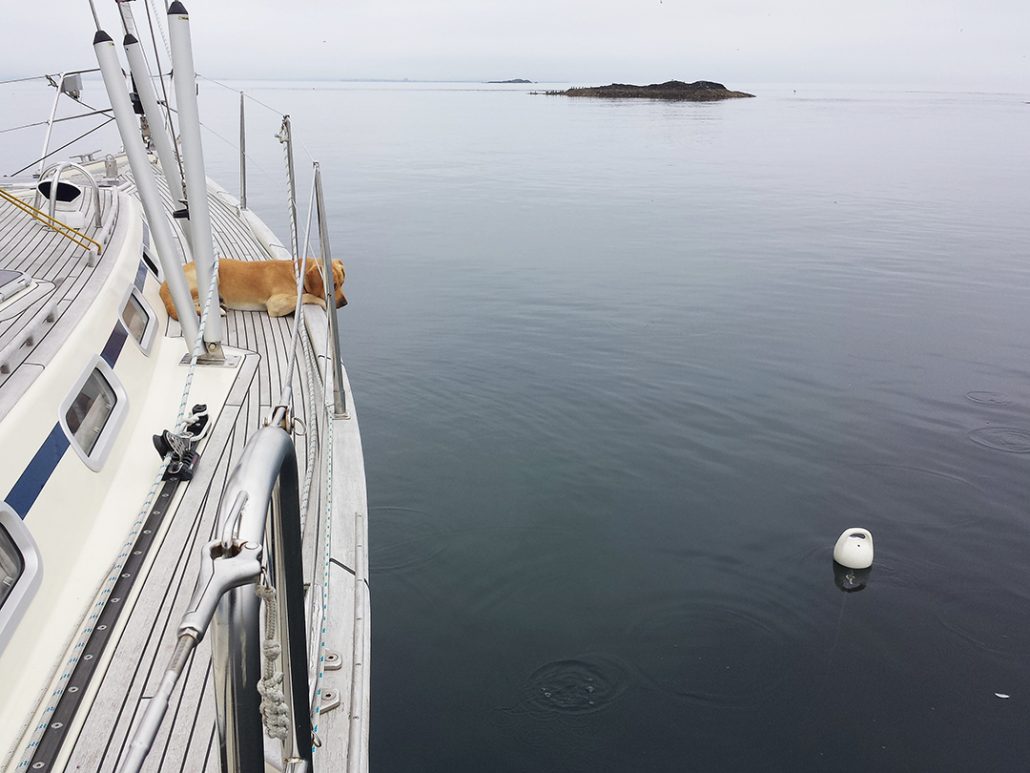
Sensational smells!
Longing for ear muffs, we eventually leave the raucous, ragged cliffs and head over the bar at high tide to Holy Island. Its unmistakeable castle rises like an upside down ice cream cone from the sea.
We anchor up and I scamper out of the boat and along the coastline, sand between my toes and pungent seaweed smells in my nose. There are all sorts of places to poke about in, including old rope, a rusty anchor, an upturned boat with a secret doorway and fishing tackle. After a busy day birdwatching, we’re back on board and hunkering down for the night after a hearty meal.
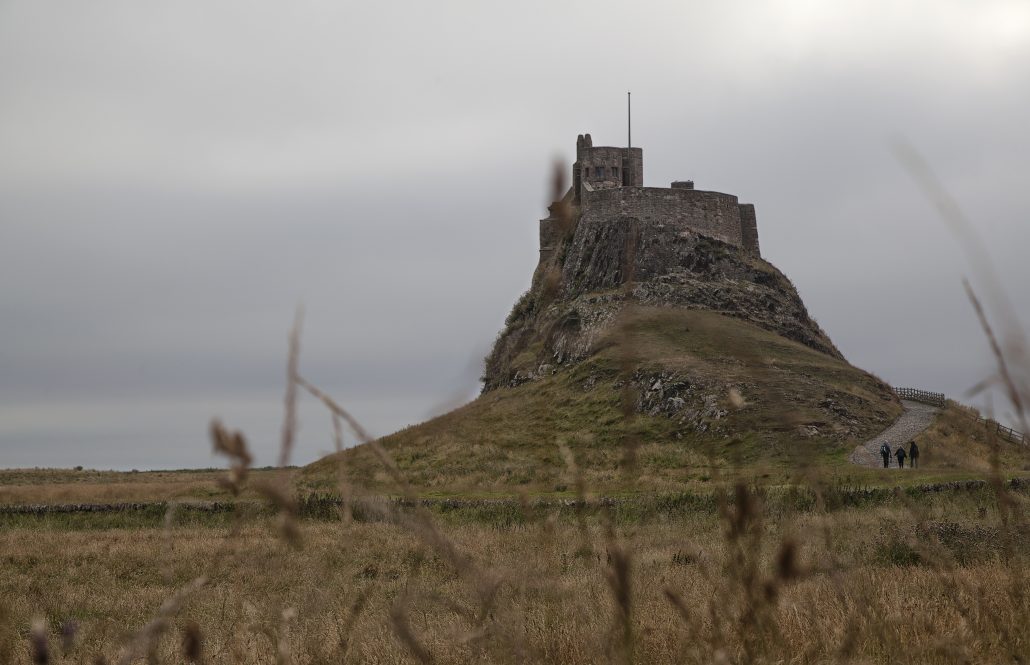
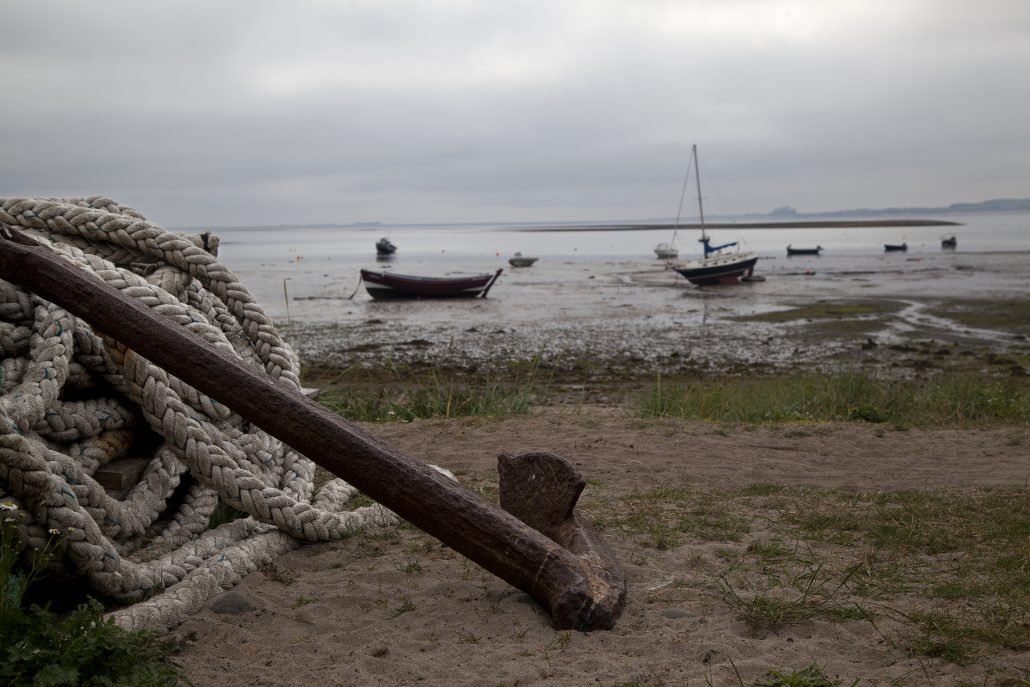
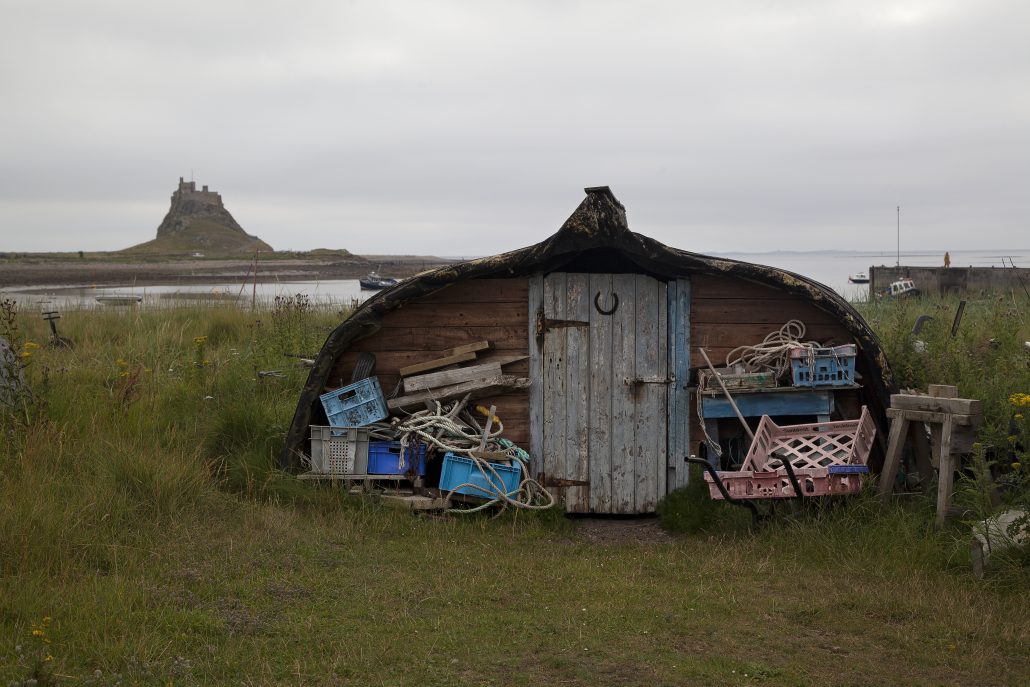
Scotland bound!
After a heavenly lie-in we take a brisk, breezy walk around some dark, dank lime kilns and Lindisfarne castle. Then we patiently await the tide taking us on the next leg of our journey, Scotland bound!
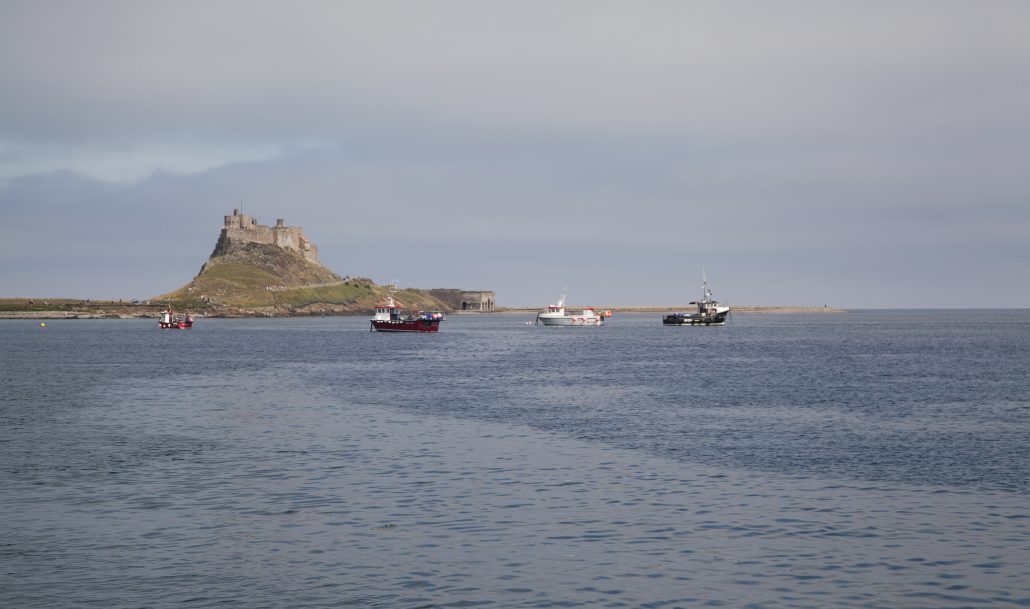
About the Farne Islands and Holy Island
The Farne Islands are a string of 15-20 islands (depending on the tide) a few miles off the coast at the Northumberland. Some have wonderful names like Megstone, Elbow, Wideopens ad Nameless. A famous bird sanctuary, 290 bird species have been recorded on the Farnes including Puffin, Eider, Razorbill, Guillemot, Shag, Kittiwake and Fulmar and in the 1760s, the now extinct great auk. There is also a large colony of grey seals which breed through the autumn and winter months
Grace Darling hailed from the Farne Islands. She lived there in Longstone Lighthouse parents, brothers and sisters. On 6th September 1838 a huge storm wrecked the SS Forfarshire, about 3/4 of a mile from Longstone Lighthouse. Early on 7th September, Grace and her father set out in a rowing boat, between them, managing to rescue nine survivors. The Victorian newspapers gave her celebrity status. She had a personal letter by Queen Victoria and a gift of £50 and plenty of fan mail!
The largest of the Farne Islands is Holy Island, the home of St Cuthbert, bishop of Lindisfarne, who became one of the most popular saints in Britain before the Reformation. Holy Island is named after the murderous and bloodthirsty attack on the monastery by the Vikings in 793AD, it obtained its local name by the Durham monks: ‘Lindisfarne – baptised in the blood of so many good men – truly a ‘Holy Island’. In the bloodbath, the beautifully illuminated Lindisfarne gospels were saved and are now on display in the British Library in London. Lindisfarne’s beautiful castle was made into a comfortable family home by Sir Edward Lutyens in 1901. Holy Island’s small population of 160 people is swelled by an influx of over 650,000 visitors from all over the world every year, accessible from the mainland at low tide by means of a causeway, cut off by the sea at high tide.
You can find more Photographs of me and other pets at www.karenbennettphotography.co.uk
